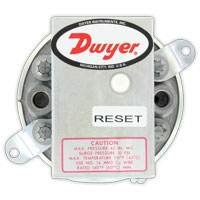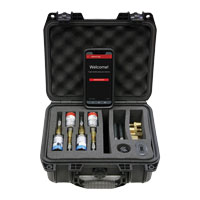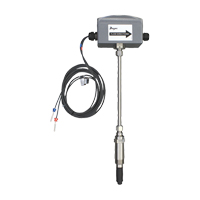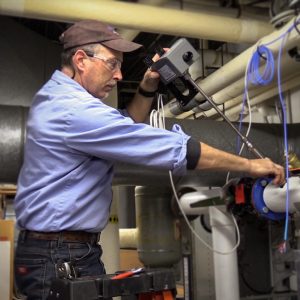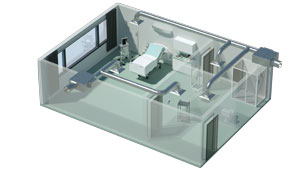
Room pressure monitors are devices that monitor differential pressure between two rooms or areas. Differential pressure is the difference of two pressures being sensed.
There are several applications where it is important to maintain a pressure difference between two rooms. This helps to ensure that there are no contaminants entering or exiting a protected area. In a medical setting, an isolation room requires a pressure differential to make sure that no bacteria, pathogens, or viruses enter (or leave) the isolation room. This protects healthcare professionals, patients, and other guests, and minimizes the spread of germs. Room pressure monitors would also be used in areas such as: pharmaceutical manufacturing, semiconductor manufacturing, clean rooms, research labs, vivariums, and clean manufacturing areas. Continue reading “What Are Room Pressure Monitors and Where Are They Used?”



